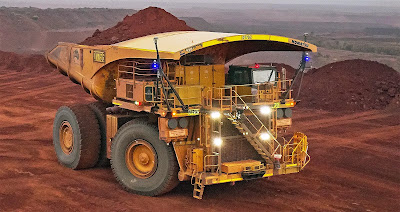We each have an employer superannuation fund. Moominpapa has Unisuper (Sustainable Balanced Option) and Moominmama PSS(AP) (Balanced). Each is a diversified fund. PSS(AP) has more private equity, hedge funds, and real assets, while Unisuper is more public stock focused, particularly international stocks. These are two of our biggest investments. Unisuper is 10.0% of net worth and PSS(AP) 8.3%. And they have performed fairly well. Unisuper has an IRR of 10.5% and PSS(AP) 8.9%. We need to keep making contributions into these funds if we want to get the full employer superannuation contribution (I think). But we could roll over some of the money to our SMSF if we wanted. In fact, I have begun to do that using a transition to retirement pension. You can already see the effect in this graph:
That's the move down in the red line (net investment) on the right. This is classified as a mature investment, because profit (golden line) exceeds the red line. Back in the 1990s I contributed to Unisuper (or SSAU in the early days). You can see that saving at the left. But then I rolled it over into Colonial First State's retail fund, which allowed me to invest in a geared share fund, greatly expanding my investment. Eventually, I rolled that over into the SMSF. As will usually be the case, almost all the profit has been made since 2012 and the majority since the pandemic low.
We have "only" been investing in PSS(AP) since 2007. Again, we made no money till 2012 and the majority since March 2020:
The net investment or input curve is now sloping down because:
- Moominmama is now working part-time
- We only make employer contributions to the fund and make additional contributions for her to the SMSF.
- Profit is computed pre-tax and in order for the value (green) to be equal to the sum of profit and input we need to deduct the imputed tax from the input series.
So, we are kind of divesting from this fund too.
This is what mature investments will look like - profit is still climbing though we are pulling money out of them.
















